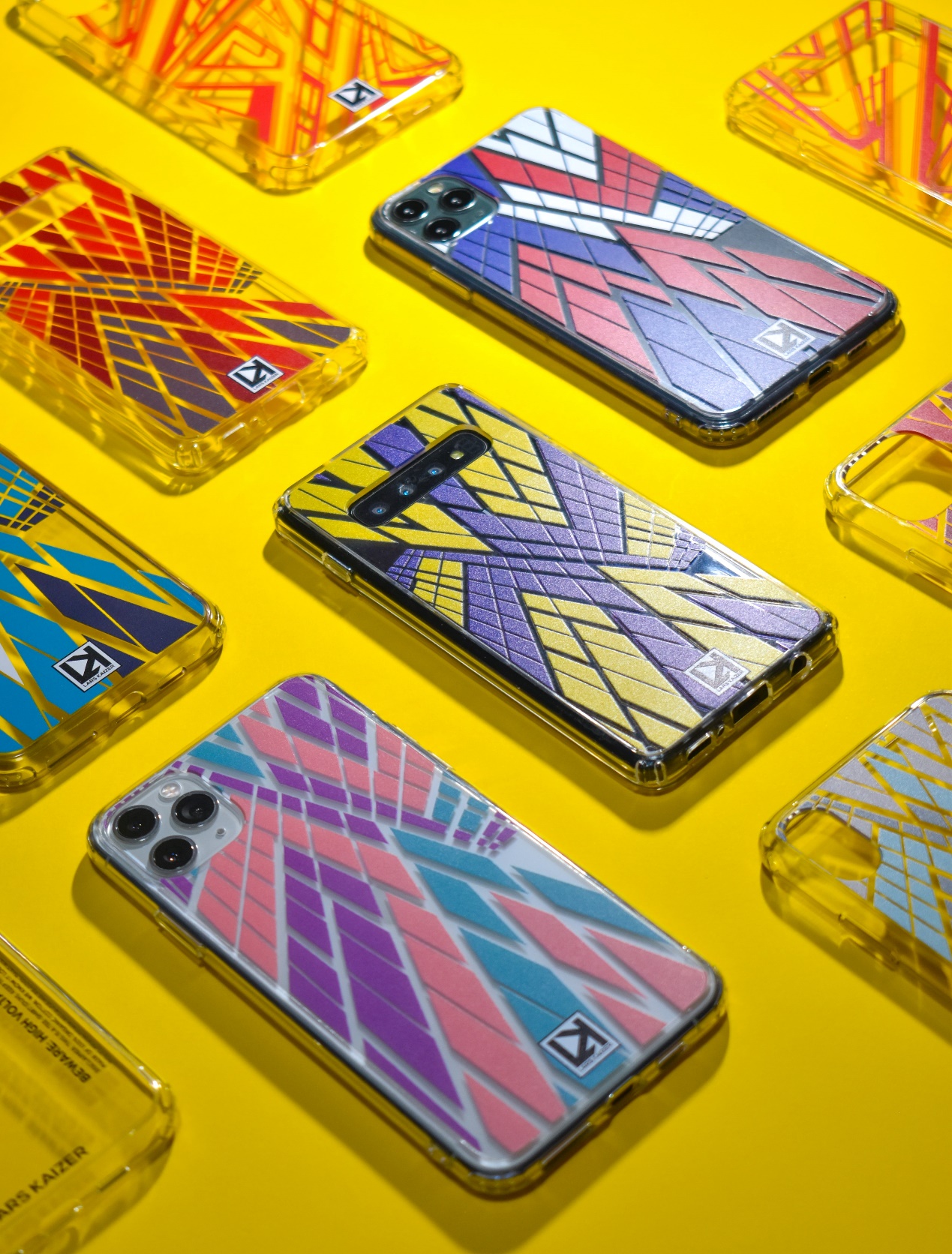经济学人浓咖啡马拉松计划doing!第-80天。
Dresses up: the history of fashion accessories
服饰:时尚配饰的历史

In the Victorian era, a wealthy woman wouldn’t dream of ^1leaving the house
without covering herself from fingertip to elbow with a pair of pale gloves^2.
在维多利亚时代,贵妇不戴白色过肘长手套是绝不会出门的。

Leisure was a badge^3 of honour, and gloves confirmed that their wearer need
not work.
休闲是一枚荣誉勋章,戴手套的人无需工作。
These days, work is a source of status.
如今,地位源于工作。
The most ubiquitous^4 accessories (beyond face-masks) are bluetooth earbuds to
block out background noise while toiling, and covers that protect smartphones.
最普遍的配件(比口罩还普遍)是在工作中用于隔绝环境噪音的蓝牙耳机和保护手机的手机壳。


On Wednesday the Museum at the Fashion Institute of Technology New York^5 will
open a new exhibition charting the history of women’s accessories over the past
two centuries.
周三,纽约服装技术学院博物馆将开放新展馆,描绘过去两个世纪以来女性配饰的历史。
The objects on display are concerned with what Thorstein Veblen, a
Norwegian-American economist, called “conspicuous consumption^6”: the way
individuals buy products that publicise their position (desired or real) in
society.
展物聚焦于挪威裔美国经济学家Thorstein
Veblen所谓的“炫耀性消费”,即个人通过购买相应产品以凸显其(理想的或实际的)社会地位。
They also show how what is deemed worth showing off changes along with society
itself.
这些展物也体现了那些被公认值得炫耀的东西是如何随社会变化的。
炫耀性商品又叫奢侈品,既然是用于凸显社会地位,那就意味着它会随社会变化而变化。
